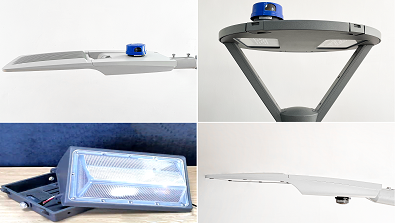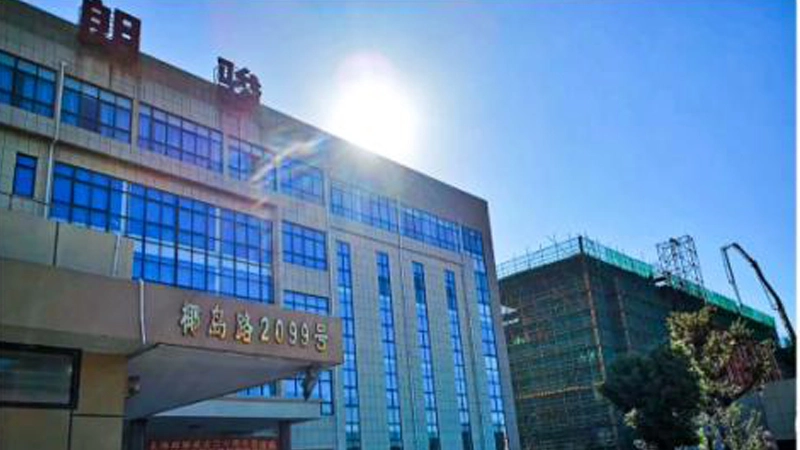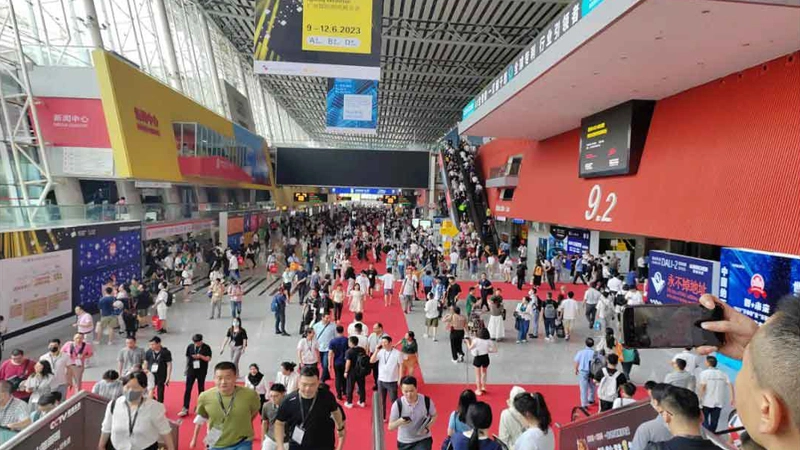Call us
+86-21-56666351Street lighting systems rely on smart components to ensure efficiency and safety, and one of the most critical is the twist lock photocell. If you’ve ever noticed streetlights turning on automatically at dusk and off at dawn, you’ve seen a photocell in action. This blog explores what a twist lock photocell is, how it functions, and its role in modern street lighting, particularly in systems using NEMA receptacles or transitioning to Zhaga receptacles. By understanding these devices, municipalities and lighting professionals can enhance energy efficiency and system reliability.
A twist lock photocell is a light-sensitive device used to control streetlights by detecting ambient light levels. Mounted on a twist lock photocell base, typically a NEMA 3-pin or 7-pin receptacle, it automatically turns lights on at dusk and off at dawn. The “twist lock” mechanism ensures secure installation by aligning the photocell with the receptacle and twisting it to lock in place, providing an IP65 or IP66 seal against weather elements.
For example, LongJoin’s JL-202 twist lock photocell complies with ANSI C136.10 standards and features a CdS (cadmium sulfide) sensor or IR-filtered phototransistor for precise light detection. With a response time of 0-10 seconds for activation and a 5-20 second delay for deactivation, it prevents false triggers from lightning or car headlights. These photocells are widely used in North American street lighting systems due to their compatibility with NEMA receptacles.
| Feature | Description |
|---|---|
| Sensor Type | CdS or IR-filtered phototransistor |
| Response Time | 0-10s (on), 5-20s (off) |
| IP Rating | IP65/IP66 for weather resistance |
| Compatibility | ANSI C136.10 NEMA 3-pin/7-pin receptacles |
The twist lock photocell operates using a light-sensitive sensor that measures ambient light in lux. When light levels drop below a threshold (e.g., 10-30 lux at dusk), the photocell closes the electrical circuit, turning the light on. Conversely, when light levels rise (e.g., 50-1a00 lux at dawn), the circuit opens, turning the light off. This automation saves energy by ensuring lights operate only when needed.
LongJoin’s photocells incorporate surge arresters to protect against voltage spikes, extending the device’s lifespan to over 5,000 cycles. The automatic street light on-off controller functionality is enhanced by microprocessor circuits, which provide precise control and adaptability to varying light conditions. For advanced systems, 7-pin NEMA receptacles support dimming features, integrating with longjoin street light controller for smart city applications.
| Light Level (Lux) | Action |
|---|---|
| < 30 lux | Light ON |
| > 50 lux | Light OFF |
| Variable (dimming) | Adjustable via 7-pin NEMA |
Twist lock photocells offer several benefits that make them indispensable for urban lighting:
Energy Efficiency: By automating light cycles, photocells reduce energy consumption, saving municipalities significant costs. A 2021 study estimated that photocell-controlled streetlights can reduce energy use by up to 30% compared to manual systems.
Low Maintenance: With durable materials like UV-stabilized polycarbonate, photocells like LongJoin’s JL-202 withstand harsh weather, minimizing replacement needs.
Safety: Automatic operation ensures consistent illumination, reducing accidents in public spaces like roads and parking lots.
When a photocell is under maintenance, a street light shorting cap can be used to keep the circuit closed, ensuring continuous lighting. This synergy between photocells and shorting caps enhances system reliability.
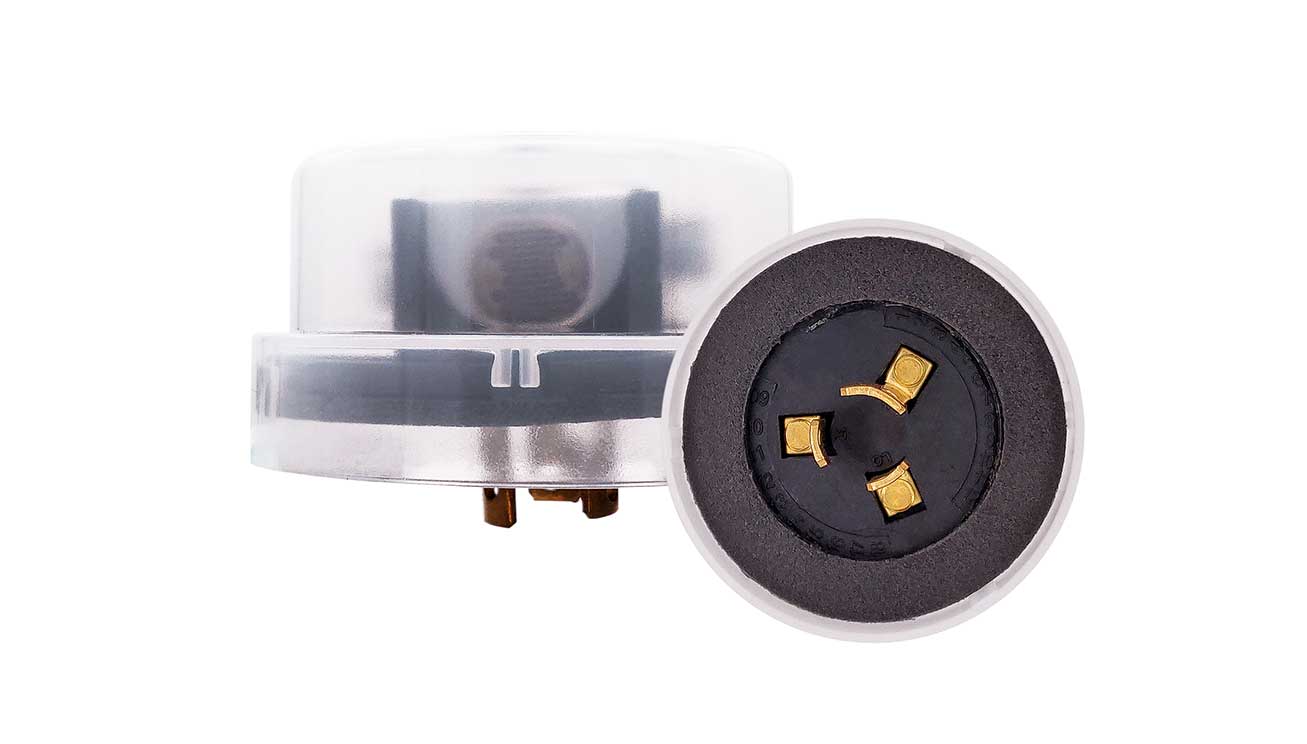
Installing a twist lock photocell is simple but requires attention to detail:
Power Off: Disconnect the streetlight’s power supply for safety.
Align and Lock: Insert the photocell into the twist lock photocell base, aligning the north-facing arrow, and twist clockwise to secure.
Test Operation: Restore power and verify the light turns on/off based on ambient light or by covering the sensor.
Troubleshooting common issues, like a flashing photocell, involves checking for loose connections, sensor obstructions, or interference from nearby lights. For example, LongJoin’s JL-202 includes a delay mechanism to prevent flickering caused by transient light changes. If issues persist, testing the photocell with a multimeter or replacing it with a twist lock photocell shorting cap during diagnostics can help isolate the problem.
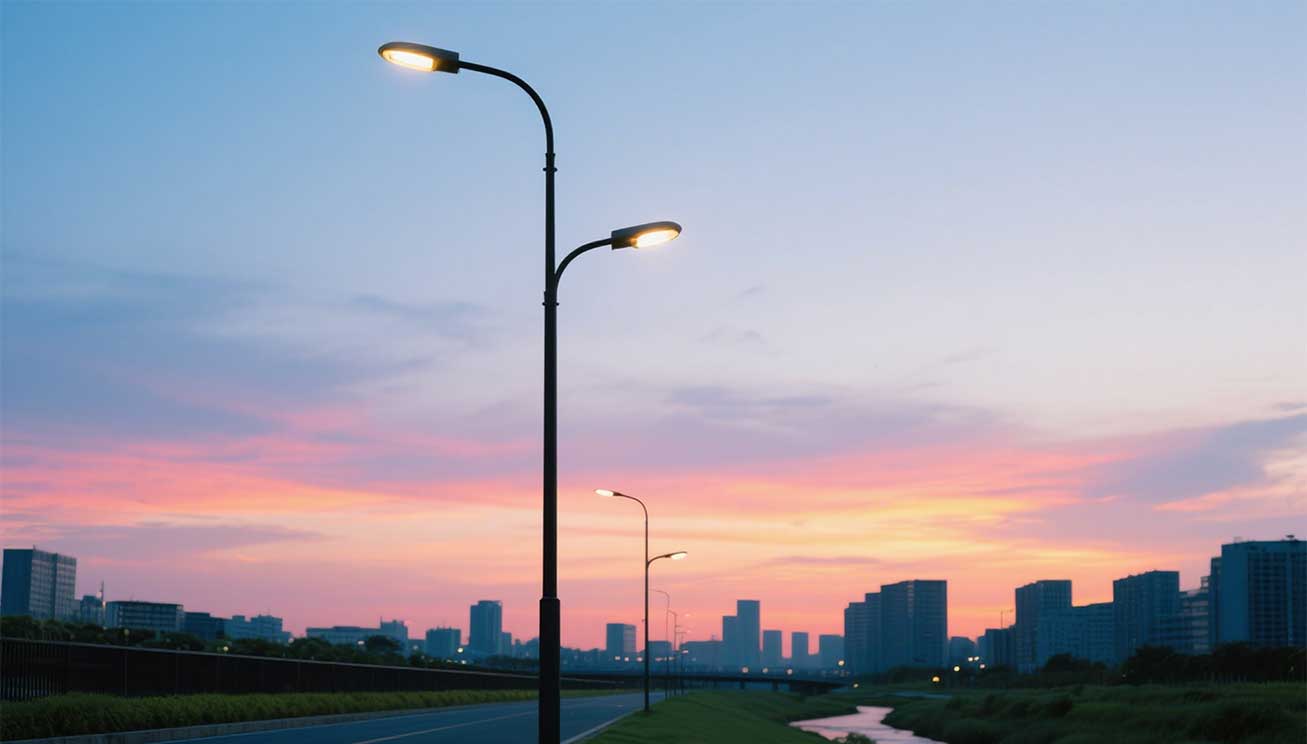
Q1: What is the difference between a light sensor and a photocell?
A photocell is a type of light sensor specifically designed for controlling lighting based on ambient light levels, while a light sensor is a broader term that may include devices for other applications, like motion detection.
Q2: Why is my photocell light flashing?
Flashing can result from sensor obstructions, faulty wiring, or interference from external light sources. Ensure proper installation and use a photocell with a delay feature, like LongJoin’s JL-202.
Q3: Can you turn off a photocell?
Yes, a photocell can be bypassed using a street light shorting cap to keep the light on continuously or an open cap to keep it off.
Q4: Are twist lock photocells compatible with LED streetlights?
Yes, most twist lock photocells, including LongJoin’s models, are designed for LED fixtures, supporting voltages from 120-277V or up to 480V.
[1]. International Electrotechnical Commission. (2020). "IEC 60947-2: Low-voltage switchgear and controlgear – Part 2: Circuit-breakers."
[2]. American National Standards Institute. (2010). "ANSI C136.10: Road and area lighting—Locking type photocontrol devices and mating receptacles."
[3]. Wikipedia. (2023). "Photoresistor." https://en.wikipedia.org/wiki/Photoresistor
[4]. LongJoin Intelligence. (2023). "JL-202 Twist Lock Photocell Specifications." https://www.ljlightctrls.com/products/twist-lock-photocell/
This is the first one.
Address:
2nd Floor, Building 8, 129 Hulan West Road, Baoshan District, Shanghai, China
